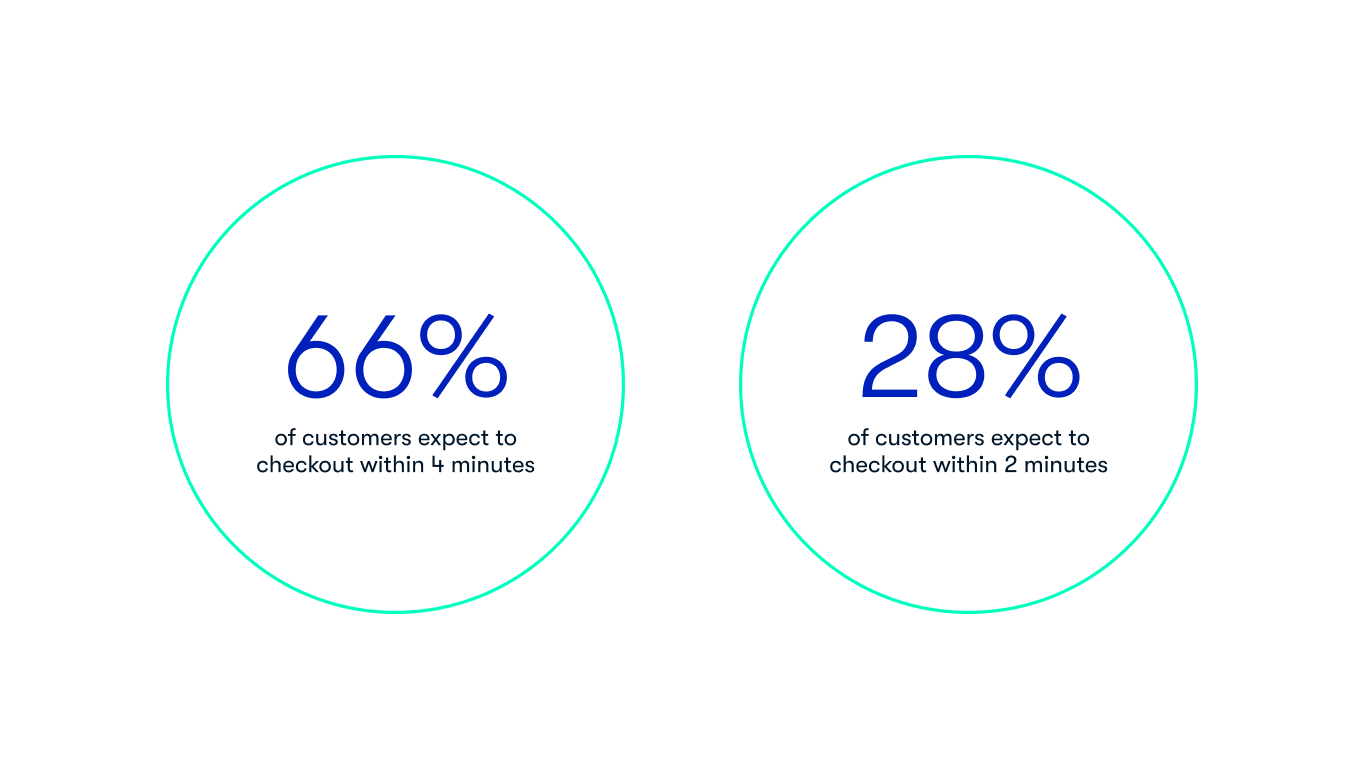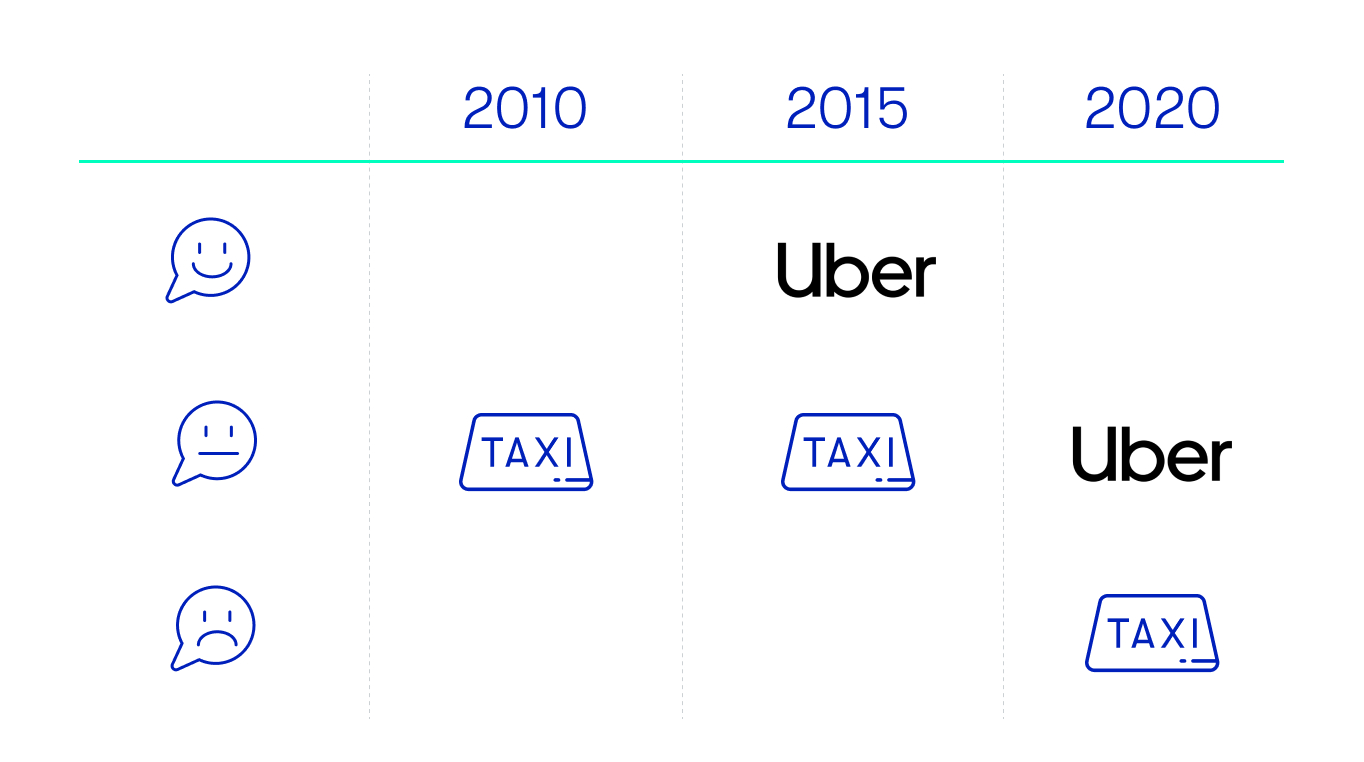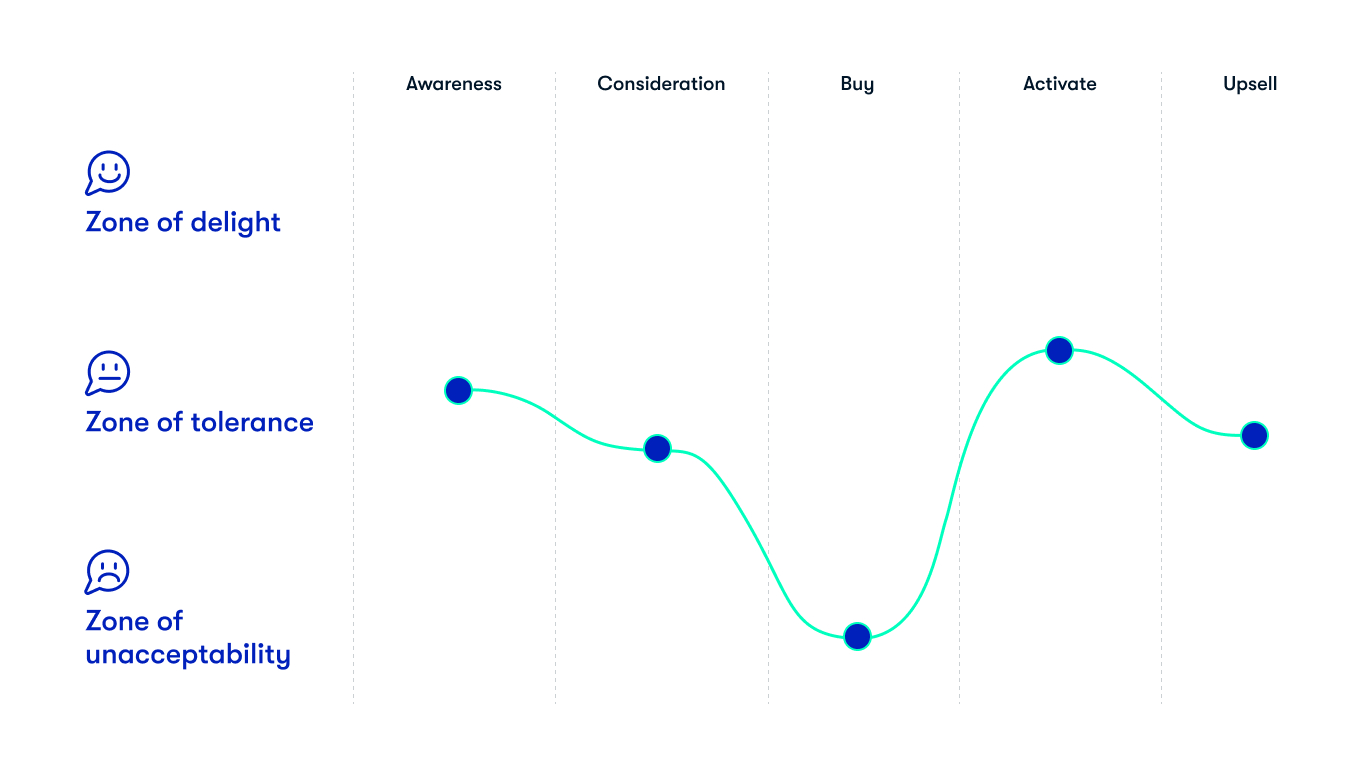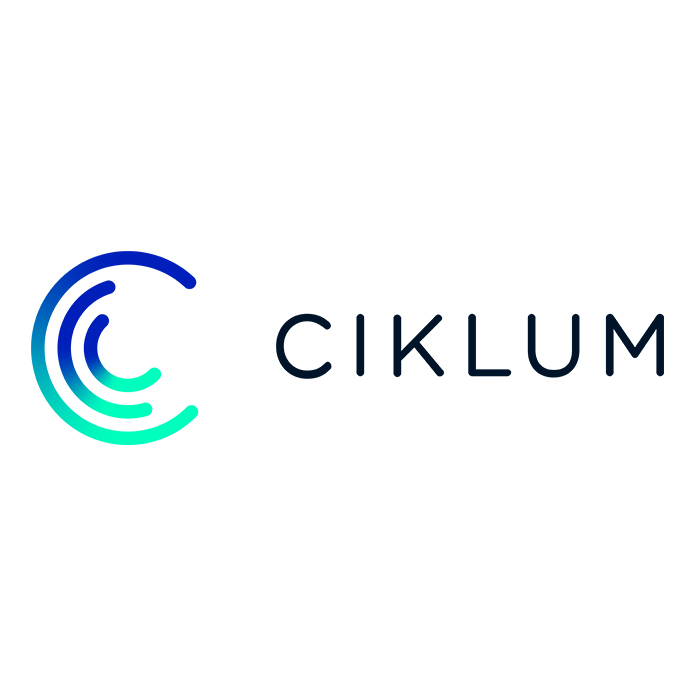Customer experience is playing a bigger role in shaping the business landscape than it ever has before. No surprise, given that McKinsey research suggests that more than three-quarters of consumers will switch brands if they aren’t happy with the experiences they receive.
Customer experience is what your users feel during each and every interaction with your products, services and brand. When everything runs smoothly and customers feel valued, they’ll have a positive perception and come back time and again. But that isn’t necessarily the case at present: in the US, Forrester has found that CX quality fell by 19% in 2022 alone.
So what can businesses like yours do to make your customer experiences the best they possibly can be in 2024 and beyond. At DTX Europe, we joined forces with Stripe to discuss the future of customer experience, and this blog summarises the themes that came up:
How are expectations evolving?
Firstly, it’s important to note that expectations around customer experience are a constantly moving target. This is partly down to new technologies coming on stream all the time, and also because of the increasing influence of Generation Z at the younger end of the purchasing market. This means that what might have represented good CX just a few years ago is outdated and has limited traction now.
But one area that remains a high priority for every type of consumer is efficiency: everyone likes their buying experience to be quick, easy and without any stress. According to Capterra, two-thirds of shoppers expect to be able to checkout in less than four minutes, and 28% expect to do so within two minutes.
 Technology like one-click checkout is transforming expectations in this area. As people come to regard an experience this fast as the norm, any other solution that’s slower is automatically considered sub-par. Even if meeting these types of demand isn’t always realistic for every retailer, it does put them under pressure to find and deploy every efficiency they can.
Technology like one-click checkout is transforming expectations in this area. As people come to regard an experience this fast as the norm, any other solution that’s slower is automatically considered sub-par. Even if meeting these types of demand isn’t always realistic for every retailer, it does put them under pressure to find and deploy every efficiency they can.
How to navigate changes and stay ahead of the competition
At Ciklum, one of the common strategies we use to help our clients improve their customer experience offering is ‘zone of tolerance mapping’. This involves splitting the different emotions that customers might feel at different touchpoints throughout the buyer journey into three different categories:
 The Zone of Delight:
The Zone of Delight:
Where a customer feels happiness and joy, especially if it’s unexpected, and remembers that happiness for a long time. It is surprisingly memorable and aids loyalty.
 The Zone of Tolerance:
The Zone of Tolerance:
Where a customer feels familiar and content with the experience, because it’s seamless and works how it should. This can happen almost without the customer recognising it, which can mean that it’s forgettable. 90% of your interactions with customers should be in this zone.
 The Zone of Unacceptability:
The Zone of Unacceptability:
Where a customer encounters something unexpected or unacceptable, which can lead to frustration, anxiety or confusion. Much like the zone of delight, this negativity sticks in the mind and will lead to customers falling out of the funnel and shopping elsewhere.
As new innovations emerge, the Zone of Tolerance shifts, so what once was acceptable and forgettable soon becomes a point of friction as other businesses begin to shift expectations.

Uber is an excellent example of this. When they launched, the act of ‘riding’ in a taxi disrupted the market and placed the experience in the Zone of Delight. Ordering and paying via an app has now shifted into the Zone of Tolerance as people became used to the experience and it became the norm. Uber now needs to focus on specific areas in the user journey that surprise and delight in order to deliver unforgettable customer experience.
Map each moment with Ciklum
So how do you work out where your customer experience sits within these zones? The best way to find out is to map out every moment and touchpoint in detail.
As an example, take a simple customer journey that has five touchpoints along the way: awareness, consideration, buy, activate, and upsell. Within each buyer phase, there will be a huge amount of customer sentiment and context to take into account: what they’re thinking and feeling, and in particular, why and where they’re suffering with any pain points Crucially, your competitors will be majoring on different touchpoints to create memorable or forgettable experiences.

This information can be used to map each touchpoint within each zone and from there, measures to improve things and outperform the competition can be designed. Through rapid testing of new ideas, you can then figure out the right solution to improve experiences across every touchpoint, and ensure a seamless experience from start to finish. And if you want to focus on a key touchpoint that’s strategically important to your business, you can work specifically towards creating delight in that area.
In summary
By mapping out your touchpoints, you’re in a better position to predict where you’re going to do well, and where you can make improvements because you’re struggling. And this is a constant endeavour, as the market and customer expectations are changing all the time. The stakes are high and the pace of change can be rapid, so having the right tools and expertise in place is essential for you to keep your customer experiences top-quality in the years to come.
To find out more on the future of customer experience, and how you can ensure moments of surprise and delight in your customer journey, get in touch with Ciklum today
Blogs



































